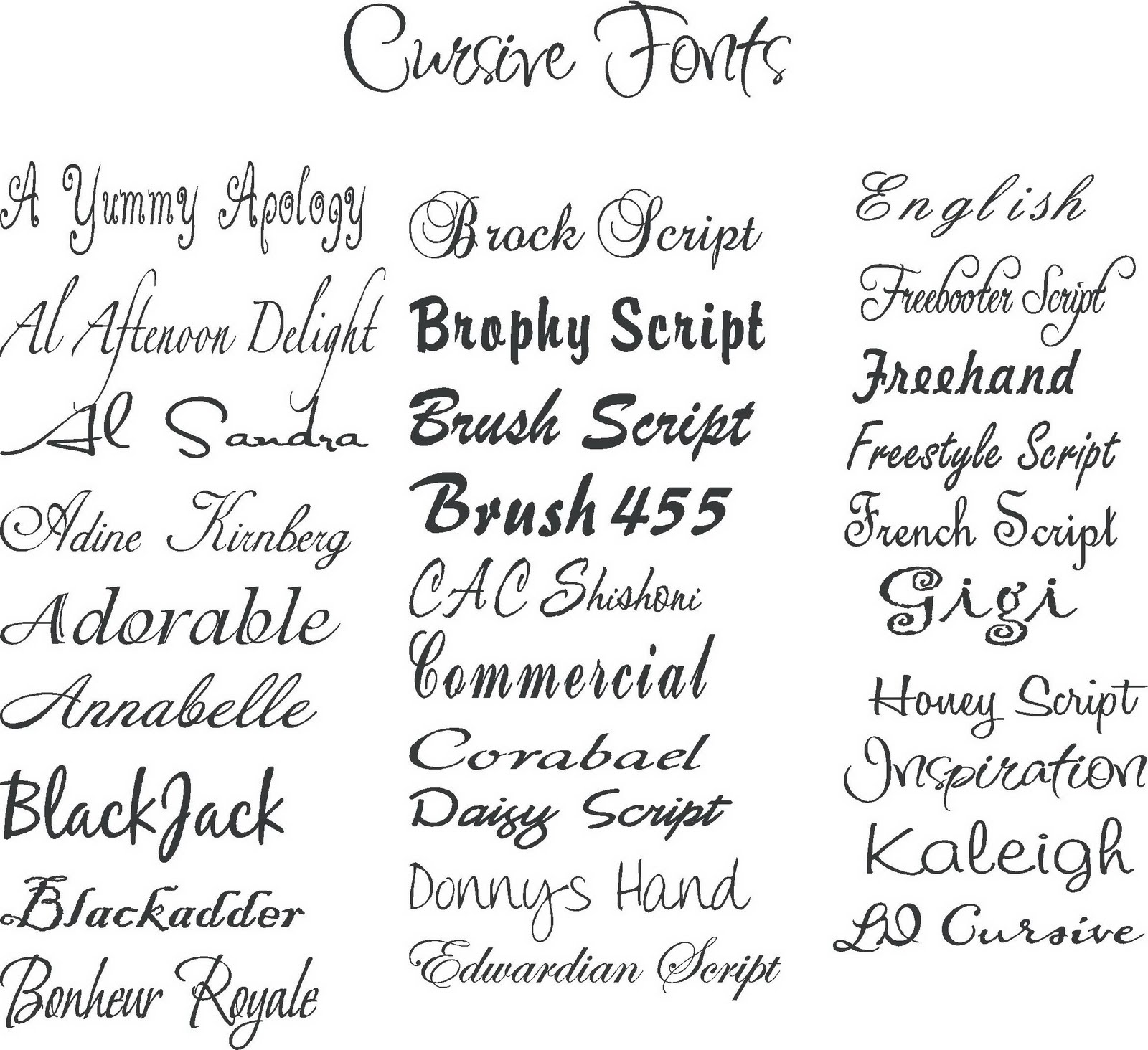Unlocking the Secrets of Penmanship: A Deep Dive into Handwriting Styles
Have you ever wondered why some handwriting looks like elegant calligraphy while others resemble chicken scratch? The answer lies in the diverse world of handwriting styles, a fascinating realm where penmanship becomes an art form. From the flowing loops of cursive to the precise strokes of print, each style tells a story, reflecting the writer's personality, background, and even emotional state.
Handwriting styles, also known as scripts or hands, encompass a vast array of penmanship forms, each with its own unique characteristics. These styles aren't merely about aesthetics; they've played a crucial role in communication throughout history. Imagine a world without standardized handwriting – deciphering documents would be a nightmare!
The history of handwriting styles is intertwined with the development of writing itself. From ancient hieroglyphs to medieval calligraphy and the rise of cursive in the Renaissance, the evolution of handwriting mirrors the progress of human civilization. Different cultures and eras have contributed their own distinctive styles, creating a rich tapestry of penmanship forms.
One of the main issues surrounding handwriting styles today is the decline of cursive writing in the digital age. With keyboards and touchscreens replacing pen and paper, some argue that cursive is becoming obsolete. However, many educators and researchers maintain that cursive writing has cognitive benefits, promoting fine motor skills, memory, and even creativity.
Understanding different handwriting styles is essential for anyone who wants to improve their penmanship or simply appreciate the art of writing. From the classic elegance of Copperplate to the modern simplicity of D'Nealian, exploring different styles can open up a world of possibilities for self-expression and communication.
One benefit of exploring various handwriting styles is the development of improved fine motor skills. Practicing different scripts strengthens hand-eye coordination and dexterity. For example, mastering the intricate loops of Spencerian script can significantly enhance hand control.
Another advantage is the potential boost to creativity. Experimenting with different handwriting styles can stimulate artistic expression and allow for greater personalization in written communication. Trying out a whimsical italic style, for example, can add a touch of flair to greeting cards and handwritten notes.
Finally, learning about different handwriting styles can enhance one's appreciation for the history and artistry of writing. Understanding the evolution of scripts from ancient times to the present day provides a deeper understanding of the cultural significance of penmanship.
If you're interested in improving your handwriting, start by exploring different styles online. Websites like IAMPETH and Handwriting for Kids offer resources and examples. Practice regularly, focusing on consistency and proper letter formation.
Tips and tricks for improving handwriting include using lined paper, maintaining a comfortable grip on the pen, and practicing consistently. Experiment with different pen types and paper to find what works best for you.
Advantages and Disadvantages of Different Handwriting Styles
| Handwriting Style | Advantages | Disadvantages |
|---|---|---|
| Cursive | Faster writing, smoother flow | Can be difficult to read if not practiced regularly |
| Legible, easy to learn | Can be slower than cursive |
Frequently Asked Questions about Handwriting Styles:
1. What is the most common handwriting style? Print is generally considered the most common style.
2. Is cursive still important? While less common, cursive still has benefits for fine motor skills and cognitive development.
3. How can I improve my handwriting? Practice regularly, focus on proper letter formation, and experiment with different styles.
4. What are some different types of cursive? Examples include Copperplate, Spencerian, and Italic.
5. What tools do I need to practice handwriting? Pen, paper, and optionally, a handwriting workbook.
6. What is calligraphy? Calligraphy is a decorative art form focused on beautiful lettering.
7. Is bad handwriting a sign of a personality disorder? No, handwriting is not a reliable indicator of personality disorders.
8. Can handwriting analysis reveal personality traits? While some believe handwriting can offer insights, it's not scientifically proven.
In conclusion, the world of handwriting styles is a rich and fascinating one. From the historical significance of various scripts to the practical benefits of improving one’s penmanship, exploring different handwriting forms offers a unique blend of art and functionality. Whether you're seeking to enhance your own handwriting, appreciate the artistry of calligraphy, or simply understand the history of written communication, delving into the diverse world of handwriting styles is a rewarding endeavor. So pick up a pen, explore different scripts, and rediscover the power and beauty of handwriting. By embracing the nuances of different handwriting styles, we can not only improve our communication skills but also connect with the rich history and artistry of writing itself.
Decoding the hindustan times font a comprehensive guide
Conquer your drivers license renewal dmvgov guide
Navigating loss with grace ocker funeral home in fort smith














